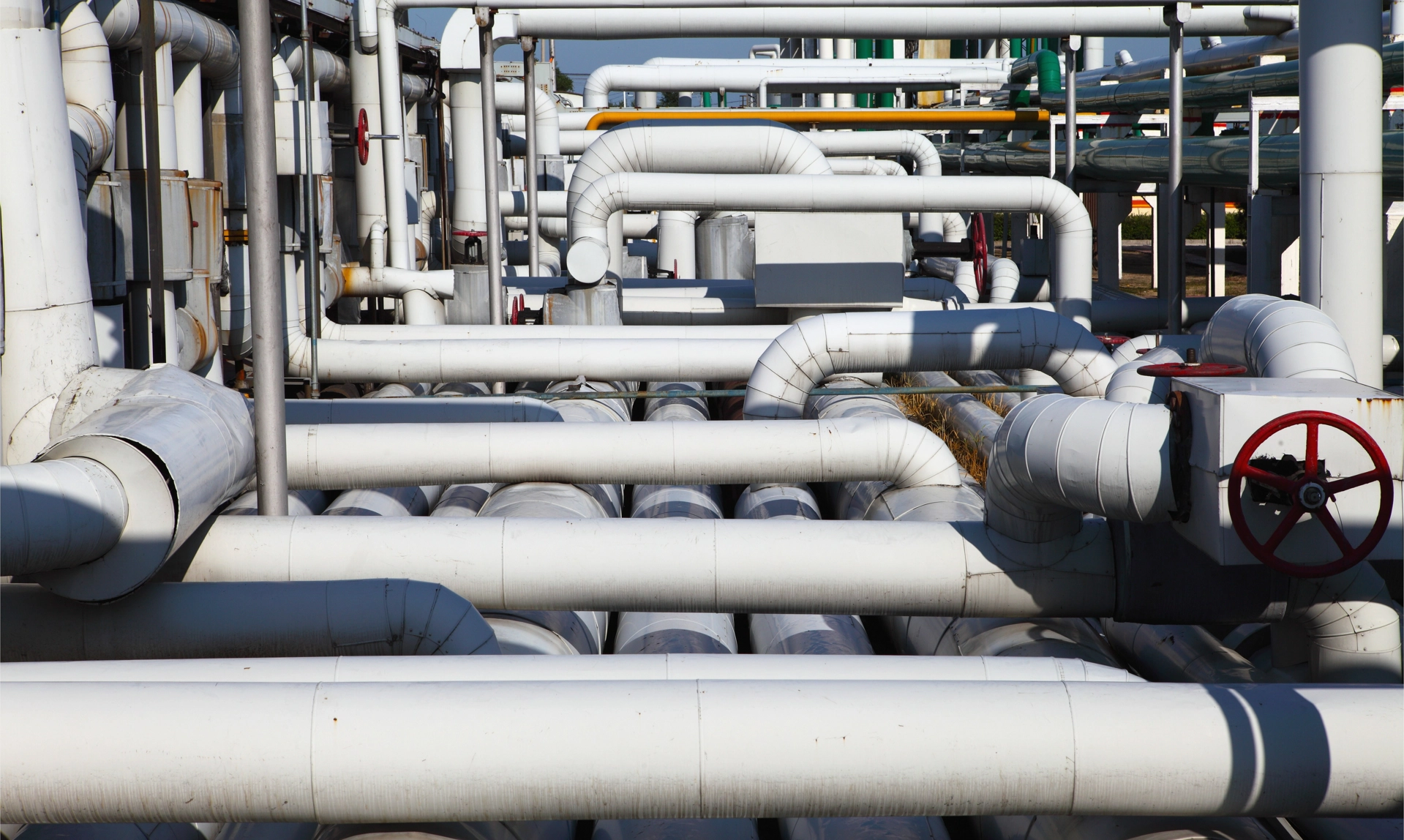
Source: Energy Intelligence
Italian gas transmission system operator Snam secured two floating storage and regasification units (FSRUs) and is in the process of increasing pipeline capacity from the south to the north of the country. The company installed the 5 billion cubic meter per year Piombino FSRU last year and is planning to start up the 5 Bcm/yr Ravenna FSRU during the first quarter of 2025. Ravenna will take Italy’s regasification capacity to 25 Bcm/yr, enabling the country to replace nearly all of the almost 30 Bcm of Russian gas it was importing annually before the start of Russia’s war in Ukraine in February 2022.
Snam is also building the €2.5 billion ($2.63 billion) 10 Bcm/yr Adriatic Line pipeline project to address domestic gas transportation bottlenecks between Italy’s south and north. The project consists of three pipe sections totaling 425 kilometers and a compressor station, linking up the import pipes in the south and the Ravenna FSRU in the north with domestic energy consumption centers and export pipelines. The project is only expected to be fully operational at the end of 2027, meaning there is no immediate shift in the country’s flows, a MET Group spokesperson tells Energy Intelligence.
LNG Frees Up Piped Flows
The regasification build-out is expected to meet Italy’s domestic demand, freeing up more North African pipeline gas to be exported through Italy onward to its European neighbors, analysts say.
Austria and Slovakia are the most likely to benefit from Italy’s growing regasification capacity should Russia end piped gas exports via Ukraine, the MET spokesperson says. Italy’s existing interconnection capacity to Austria of around 9 Bcm/yr and the 14.5 Bcm/yr through Switzerland can currently support Italy’s export flows, the MET spokesperson adds.
European buyers have clinched pipeline deals with Algeria, which will use Italy as a future transport hub. Czech utility CEZ signed a gas supply contract with Sonatrach, which started in October, and Germany’s VNG signed a medium-term supply agreement with the Algerian firm.
But the growing regasification capacity does not guarantee greater LNG imports. “Any additional Italian LNG terminal (without a long-term LNG contract) needs to compete with other European terminals based on pure net-back logic against [Asian LNG benchmark] JKM,” the spokesperson says.
Price Spreads Hinder Exports
Price dynamics have not favored Italian piped exports this year, but the outlook for exports is expected to improve from 2025 following the resolution of the Russia-Ukraine gas transit situation. “Italy’s role as an exporter within Europe is expected to intensify from January 2025 onward, as the cross-border capacities are already available,” the MET spokesperson says.
Italy’s PSV gas hub has traded at a premium to Austria’s VTP this year, favoring imports due to the OLT Offshore LNG Toscana terminal being shut for maintenance between March and October and lower piped flows from North Africa. The PSV January contract was trading at a 40¢ premium to Austria’s VTP as of Dec. 9, according to ICE data. Similarly, the PSV day-ahead contract was trading at an over €6 premium than Europe’s benchmark TTF hub, as Italy’s Rovigo LNG terminal is off line due to bad weather, an analyst at a European trader says.
“The exploitation of gas exports from Italy to this part of the continent should be supported by favorable price differentials – which has not been the case this year, when PSV has been trading at a premium versus Austrian VTPA, causing flows in the opposite direction,” says Nacho Garcia-Lajara, senior research analyst at consultancy Wood Mackenzie.
Piped flows via North Africa are expected to increase next year, topping 26 Bcm after falling 12% this year, which should weigh on the PSV hub and improve the outlook for exports, according to Garcia-Lajara.
Uncertainty over Germany’s gas levy on exports remaining into next year could also increase the value of exports from Italy, Garcia-Lajara says. The levy on exports is meant to be removed on Jan. 1, but the political chaos in Germany means parliament may not pass the law to scrap the levy by the end of 2024.
